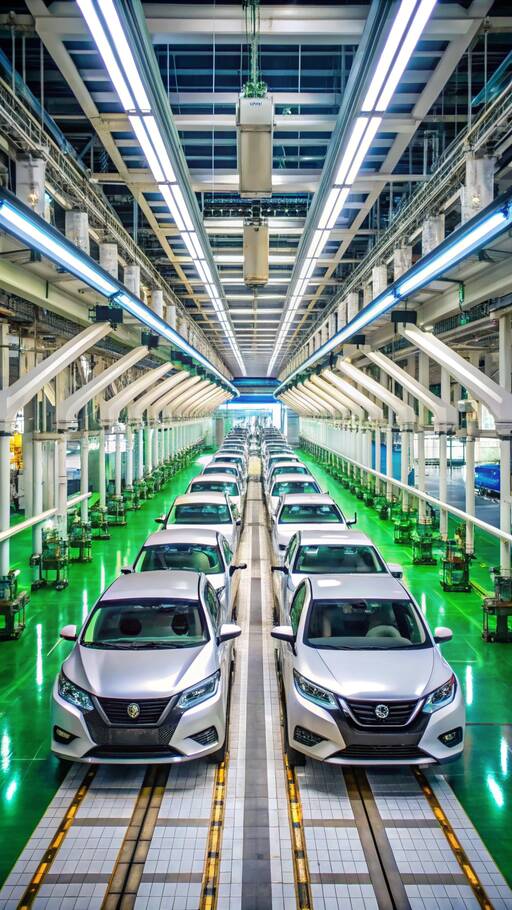
The primary goal of this merger is to counter the swift rise of Chinese automakers, who are increasingly dominating global sales. Another significant challenge is the costly shift toward electrification.
Nissan once led the electric vehicle (EV) race with the early release of the Leaf but has recently lost momentum. Holding a substantial stake in Mitsubishi Motors, Nissan plans to include Mitsubishi in this merger to strengthen their EV and plug-in hybrid electric vehicle (PHEV) efforts.
Honda has shown inconsistency in its EV strategy—initially partnering with GM, then moving toward collaboration with Sony, and eventually showcasing independent EV concepts. This indecisive approach has left Honda vulnerable to competitors.
Nissan's longstanding partnership with Renault is wavering, evident in Renault's cautious response to the Honda news. Renault continues to fulfill existing commitments, such as preparing a French plant to produce the new Nissan Micra EV.
In March 2024, to reinforce the cooled ties with Renault, Nissan and Honda agreed to collaborate on EV development, marking a new phase in their partnership.
Both Nissan and Honda face internal complexities and high costs. The rapid emergence of affordable Chinese competitors has put pressure on their operations.
By mid-2025, the companies plan to establish a joint holding company, with full financial integration by mid-2026. This union aims to streamline purchases, technology, platforms, and manufacturing processes, making shared production lines feasible, such as building Hondas in Sunderland.
Beyond industrial and financial aspects, cultural compatibility is crucial for the merger's success. Will the employees of these traditionally independent companies unite under a shared vision, or will internal divisions prevail? For the merger to thrive, a collaborative spirit must overcome sectional loyalties, leveraging the intellectual capital within both firms to face industry challenges.
The Nissan-Honda merger represents a strategic move to solidify their market position against Chinese competitors, focusing on effective EV deployment and operational synergies. Success will depend not only on strategic alignment but also on cultural integration, as both companies strive to become a unified force within the global automotive landscape.
 | Honestly, this merger feels like a last-ditch effort. With the competitiveness of the Chinese market, Nissan and Honda may just be prolonging the inevitable decline. |
 | I'll believe it when I see it. Merging two companies with such different approaches and histories is easier said than done. |